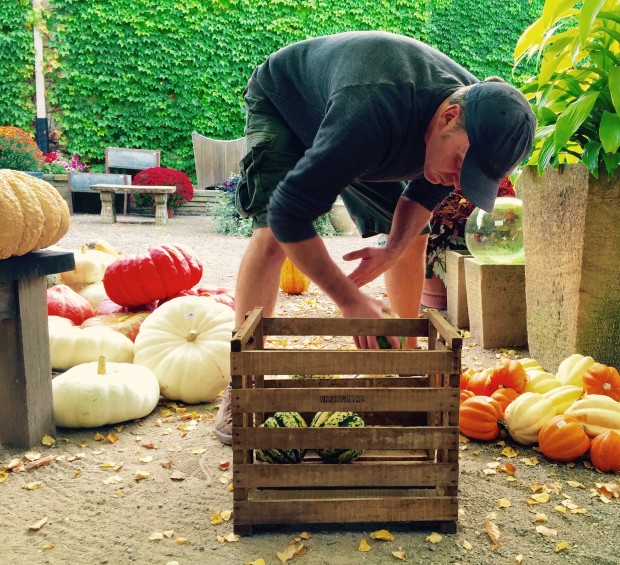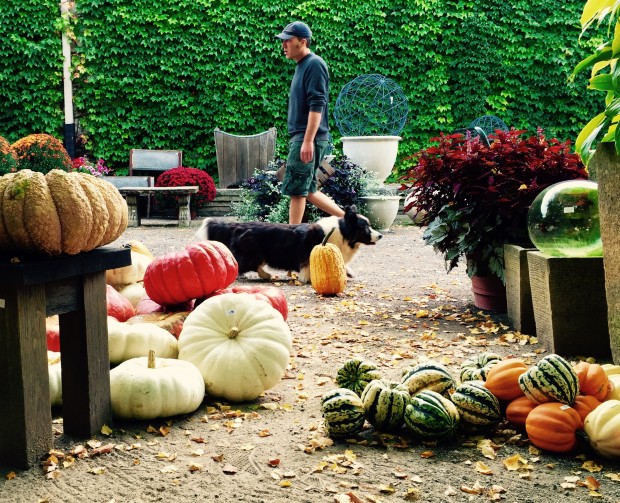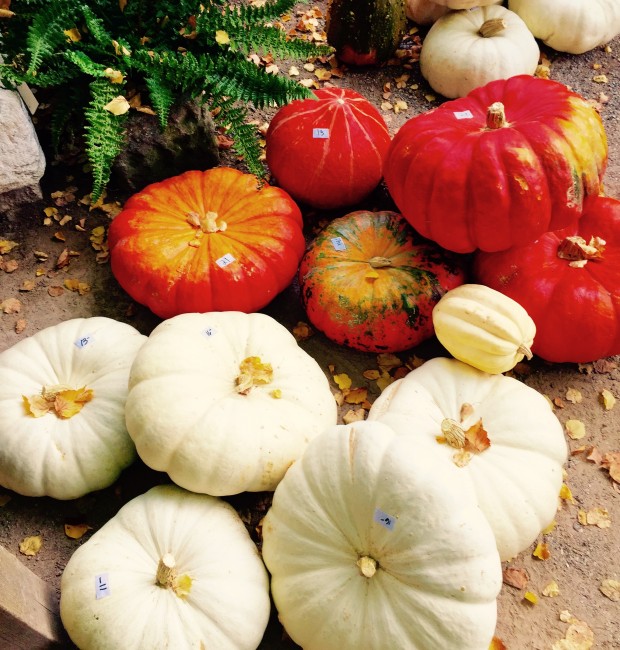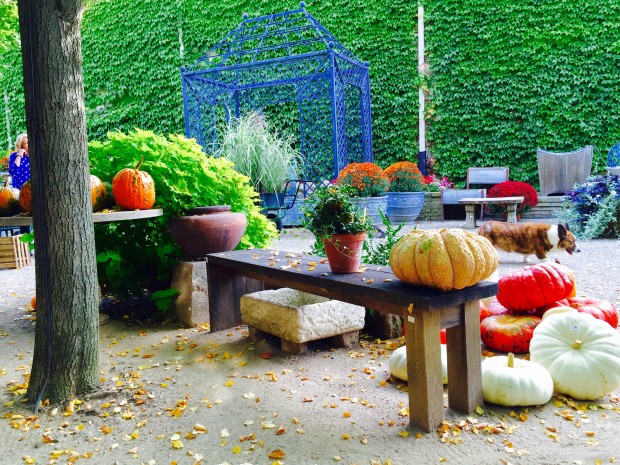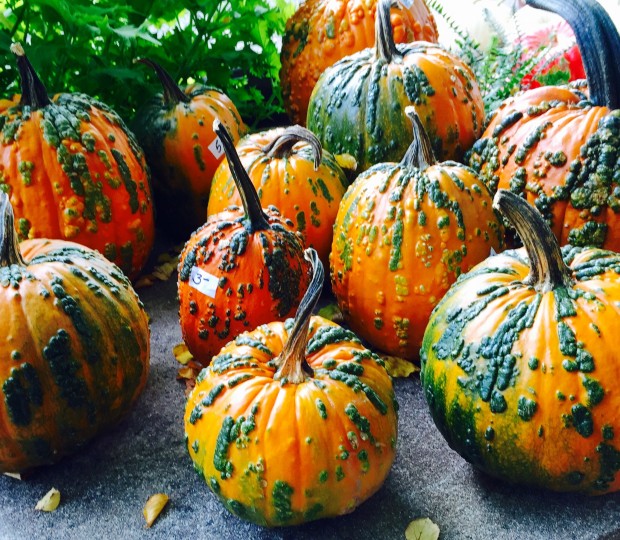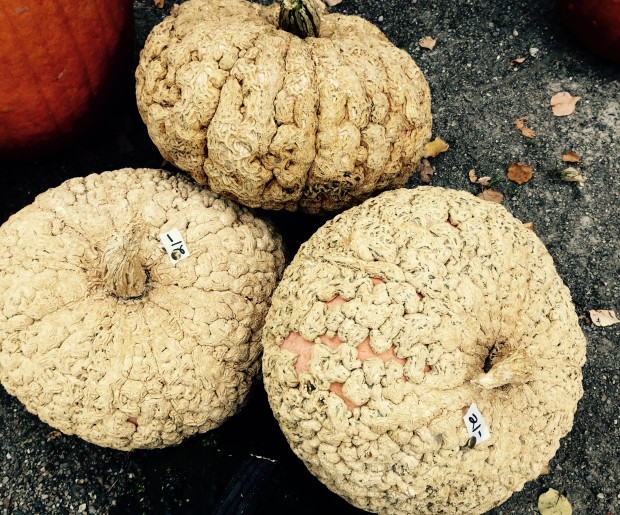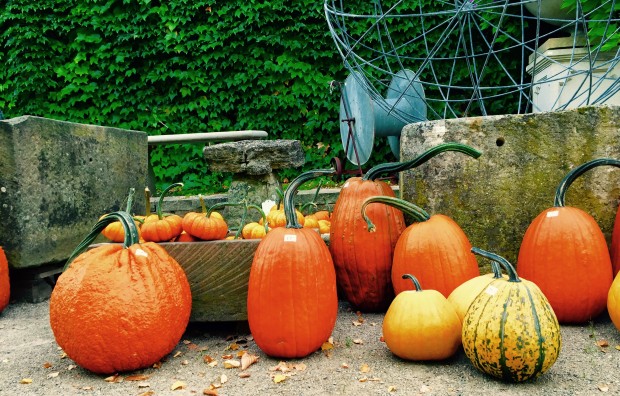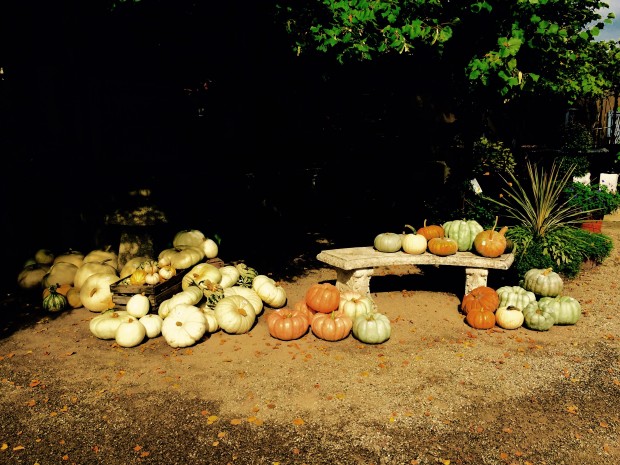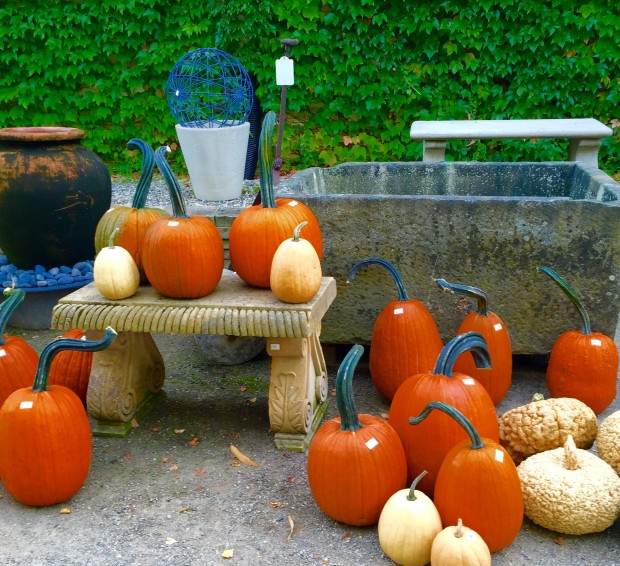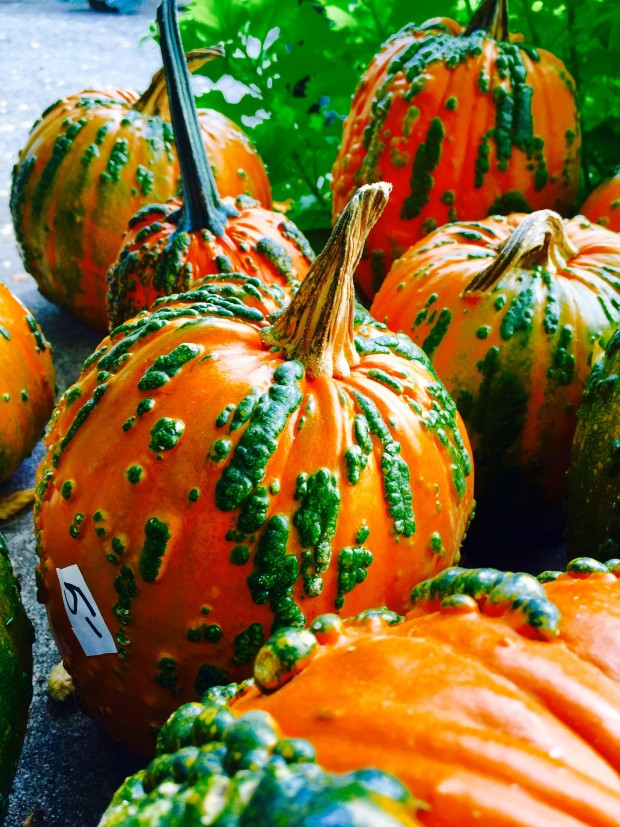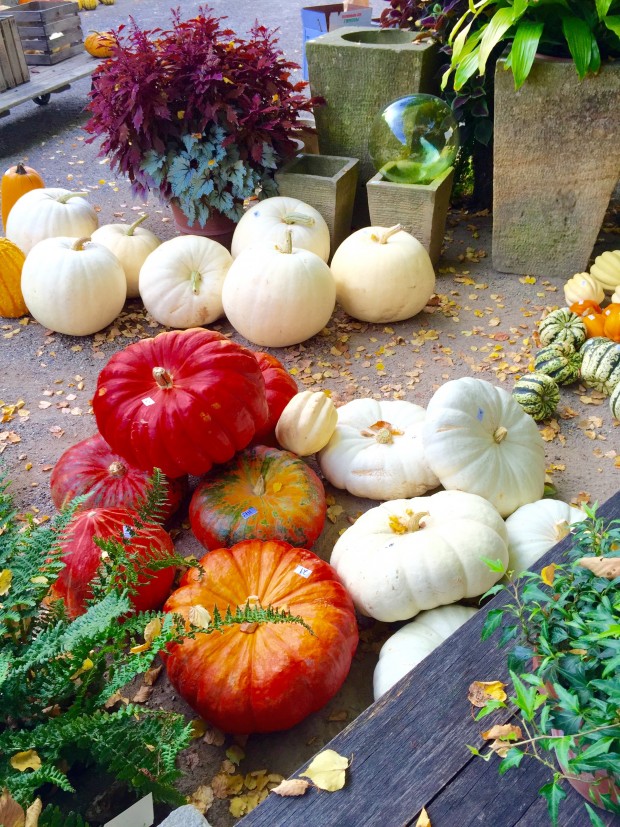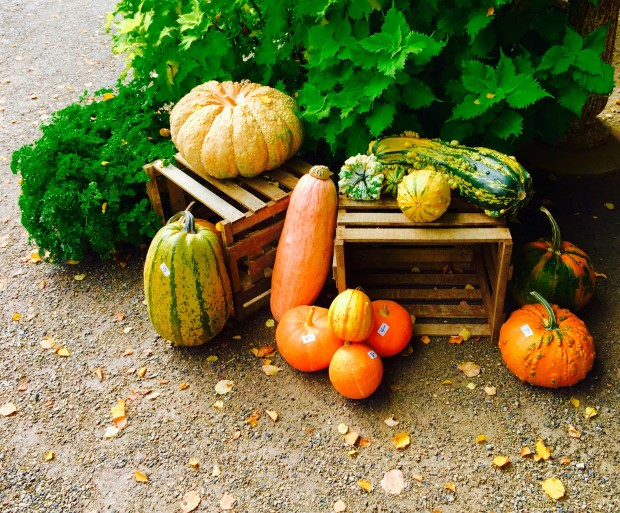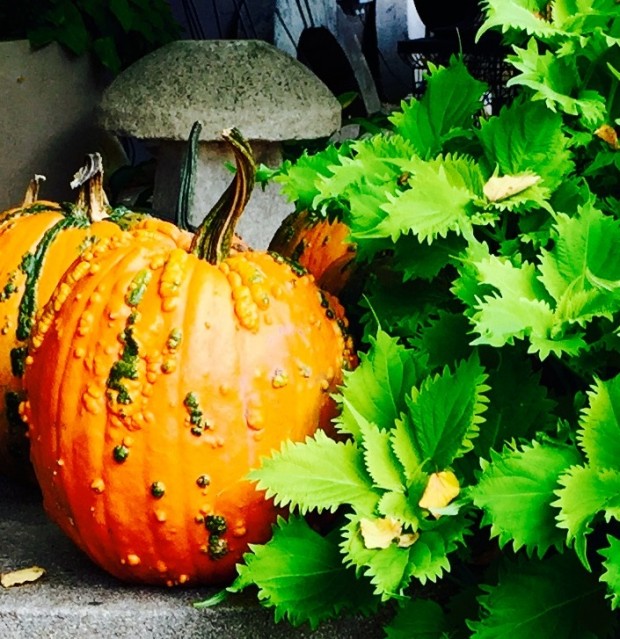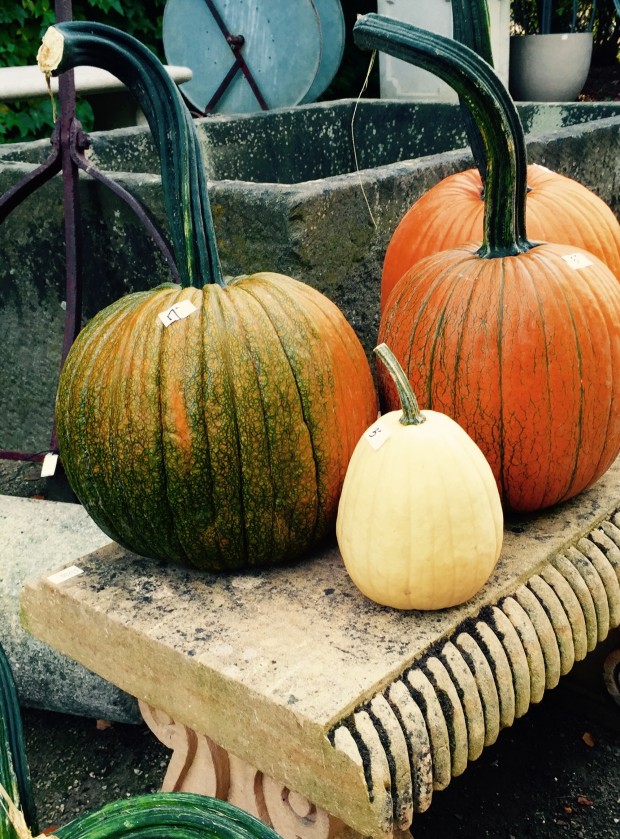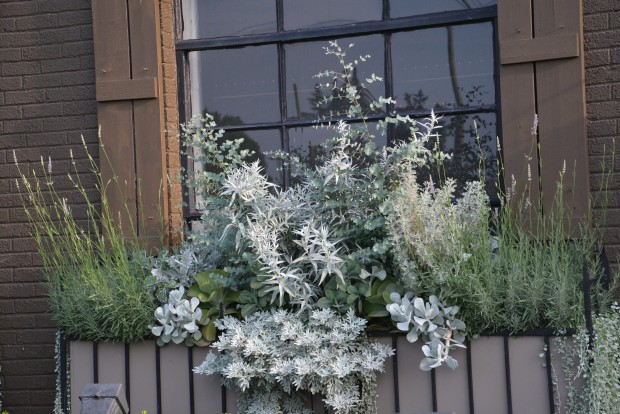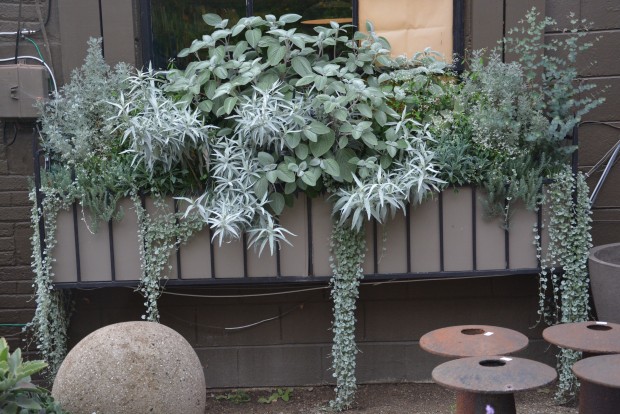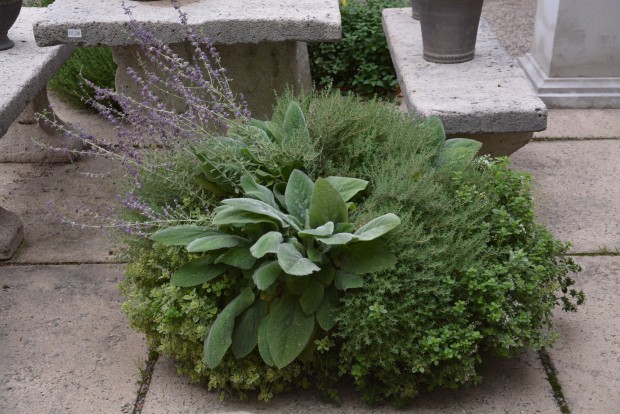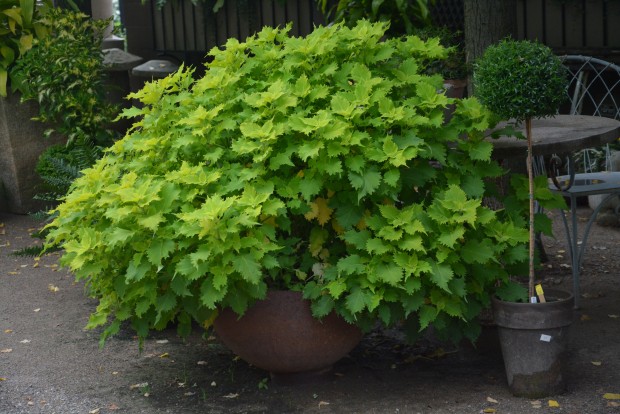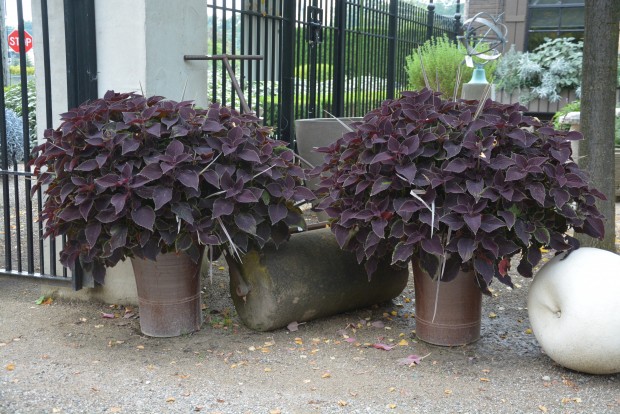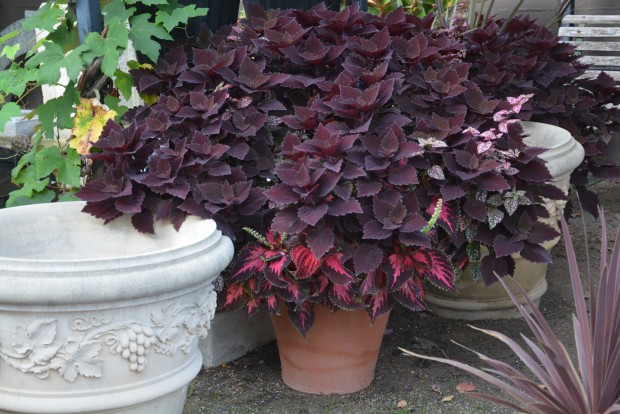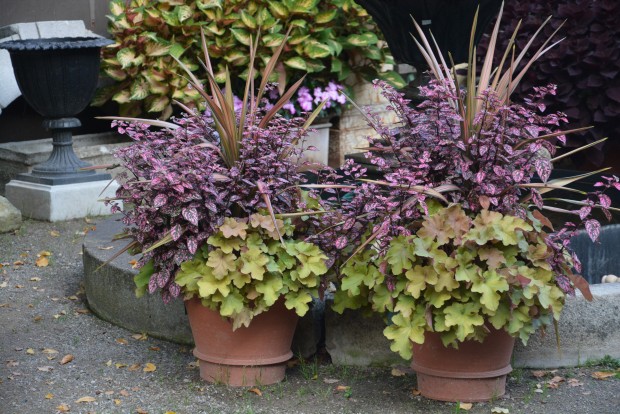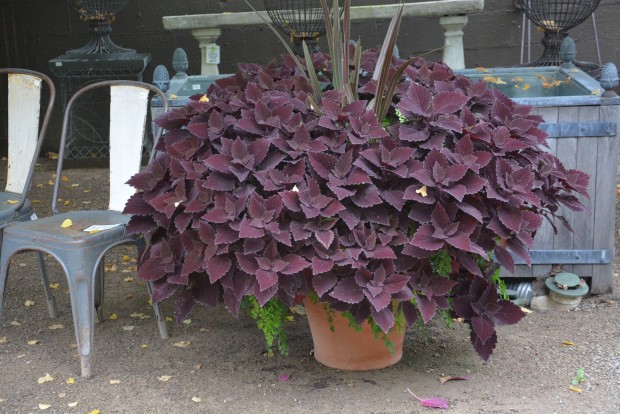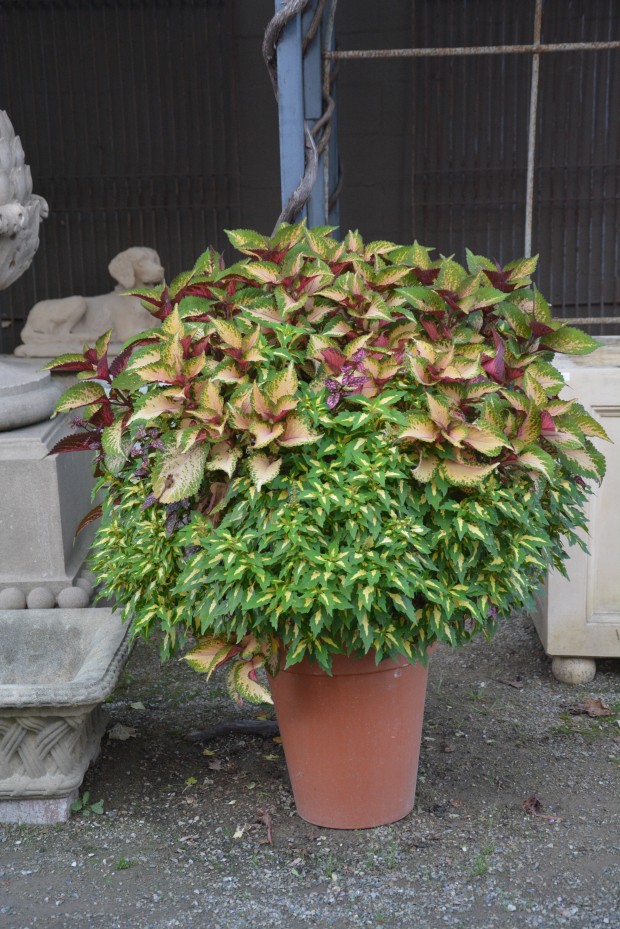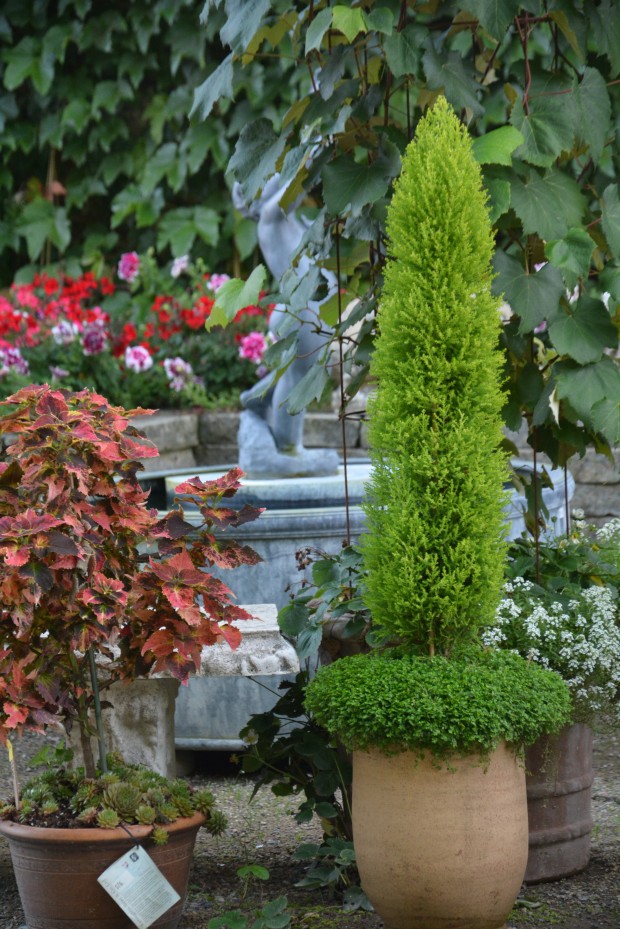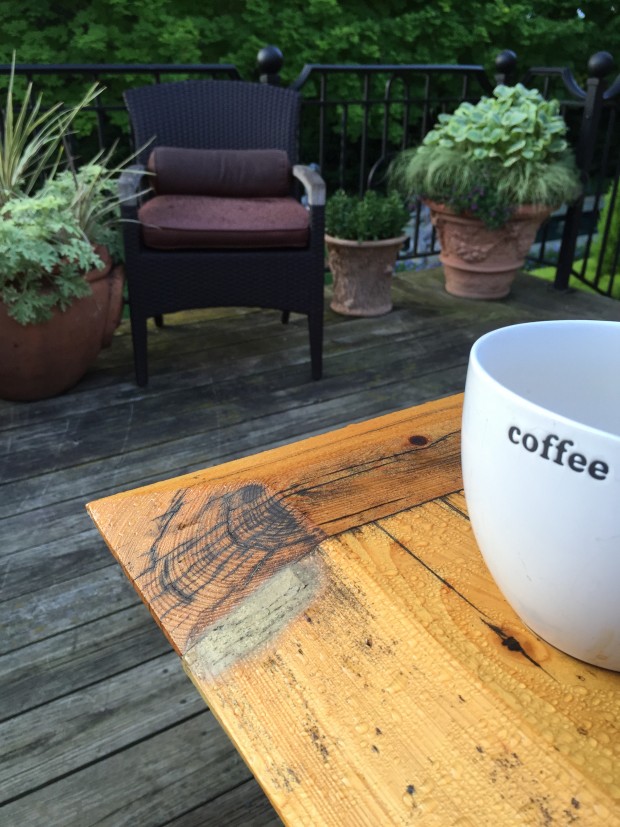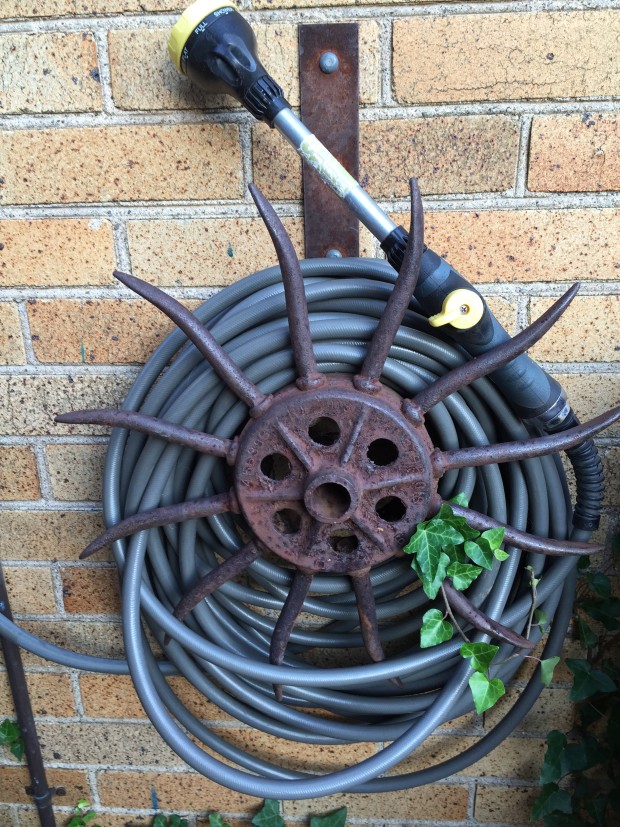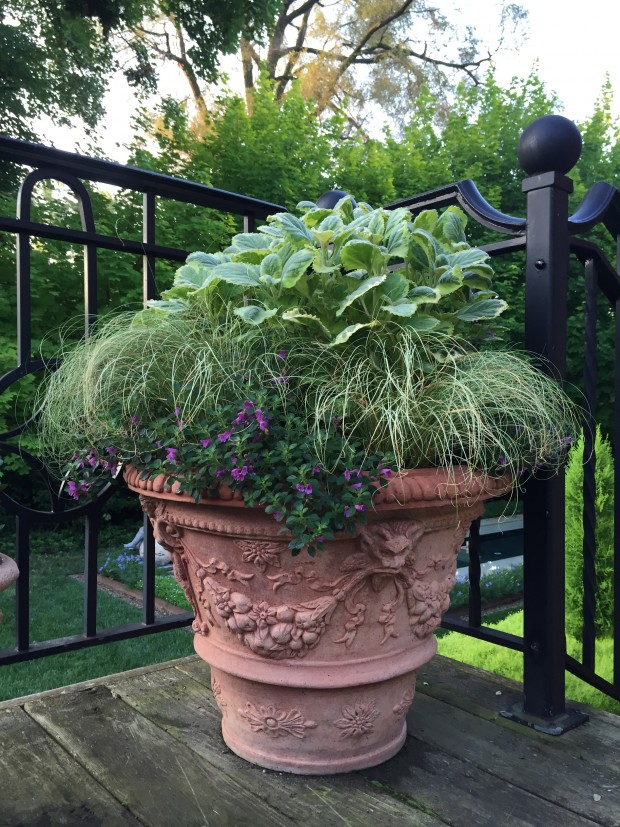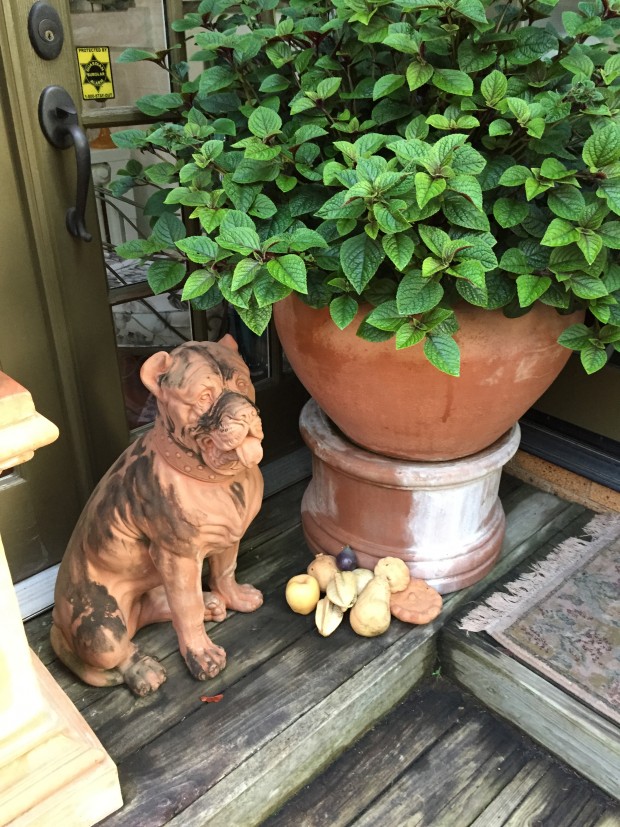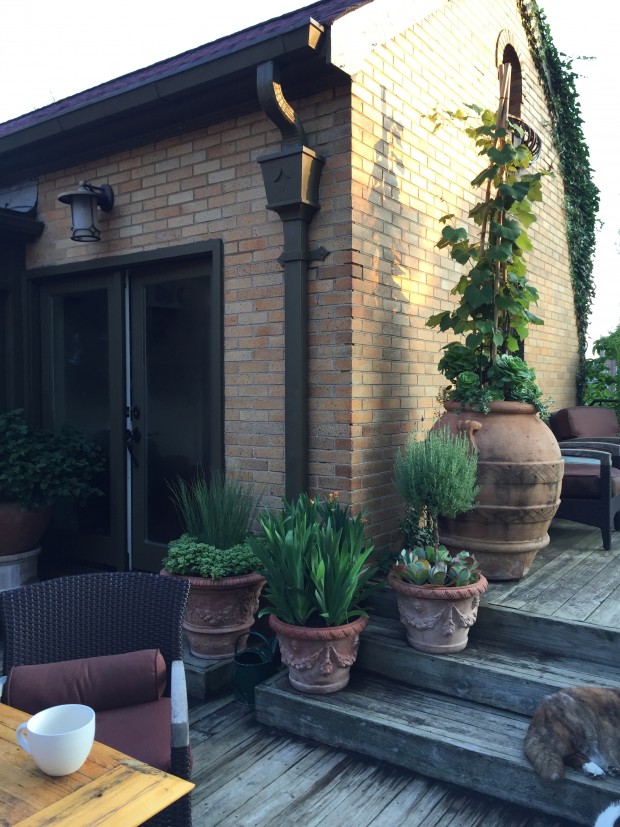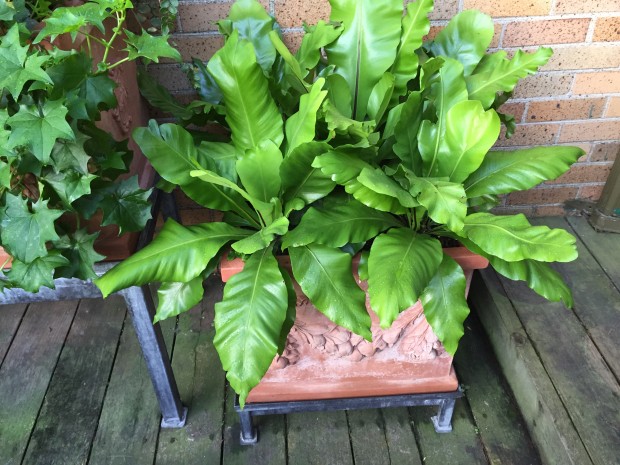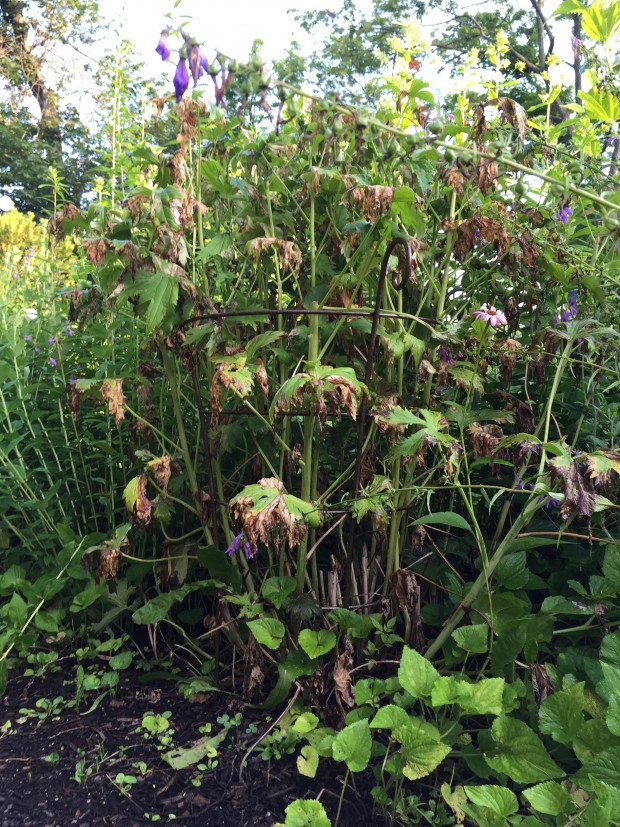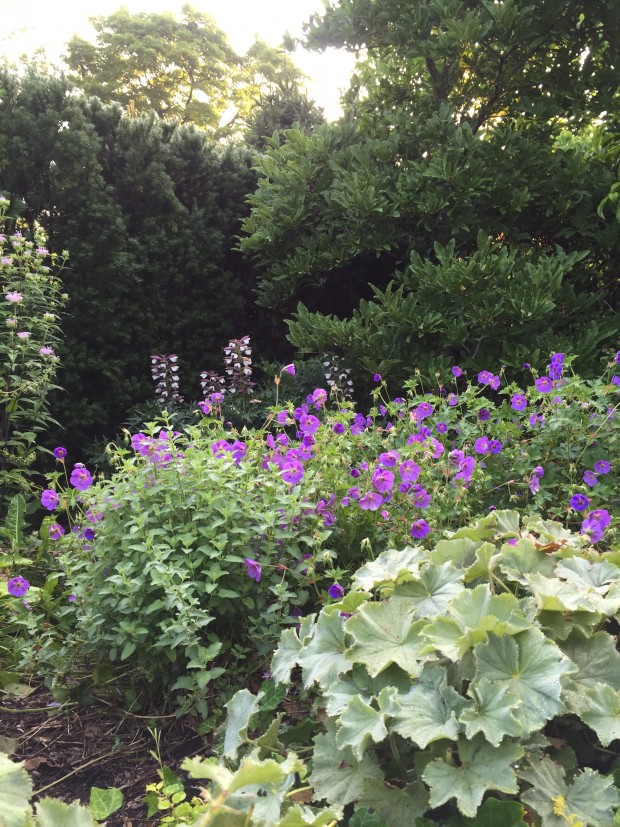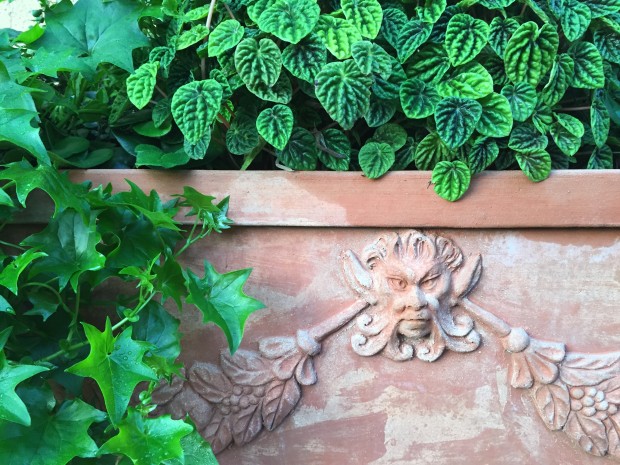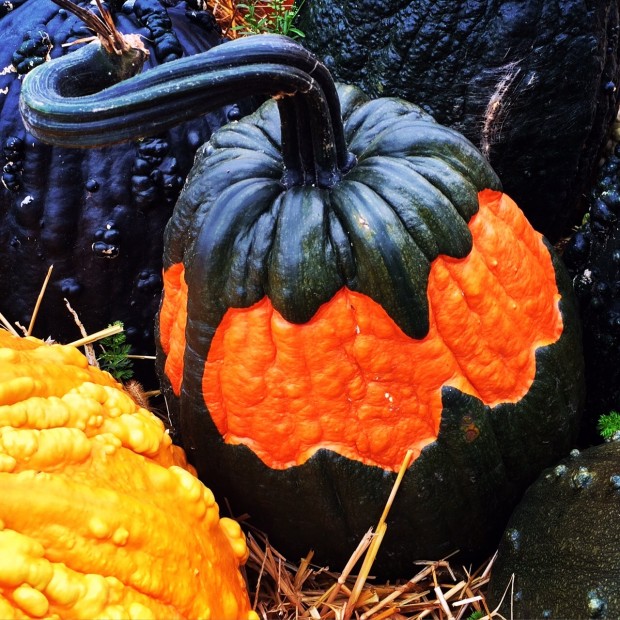 Every gardener at one time or another comes in contact with plant cultivars introduced as a result of the painstaking work of someone who breeds plants. Bressingham gardens in England has a group of fine perennial plants marketed under the aegis of Blooms of Bressingham. There are countless other individuals who have devoted themselves to breeding towards a better plant. Some hybrids are more disease resistant. Some are more sturdy-others have larger flowers with interesting variations in color. The dogwood Venus, a cross between Cornus kousa, and Cornus nuttallii, was bred at Rutgers University by Elwin Orton. His Venus dogwood, once it was introduced, took a gold medal at Chelsea. Anyone who loves the landscape is all the better for the introduction of this tree.
Every gardener at one time or another comes in contact with plant cultivars introduced as a result of the painstaking work of someone who breeds plants. Bressingham gardens in England has a group of fine perennial plants marketed under the aegis of Blooms of Bressingham. There are countless other individuals who have devoted themselves to breeding towards a better plant. Some hybrids are more disease resistant. Some are more sturdy-others have larger flowers with interesting variations in color. The dogwood Venus, a cross between Cornus kousa, and Cornus nuttallii, was bred at Rutgers University by Elwin Orton. His Venus dogwood, once it was introduced, took a gold medal at Chelsea. Anyone who loves the landscape is all the better for the introduction of this tree.
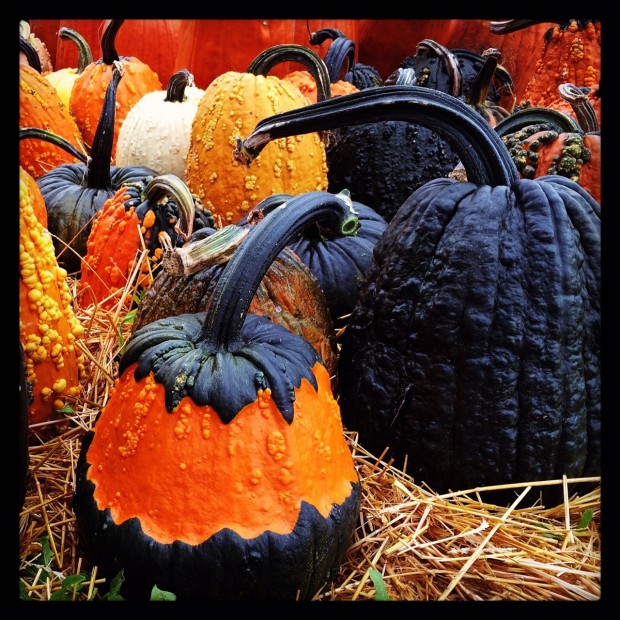 I am thinking about hybridizing right now, as Rob has such a big love for the various forms and colors of pumpkins that he collects fruits from countless farms within a day’s drive of us. He cannot get enough of them. Of course most pumpkins are grown to eat, or to carve for Halloween, but others are grown for their sheer beauty. Every farmer who grows pumpkins is a hybridizer, whether they intend to be, or not. Cucurbits are plants of the gourd family, and include melons, pumpkins, squash and cucumber. All of these plants, grown within range of one another, will cross pollinate with abandon. Squash flowers are huge-they intend to have progeny. And progeny they do produce. Any pollen on the wind might settle in these giant flowers. As a result, every farm who grows curcurbits has their own distinctive offering of pumpkins and gourds. These hybrid crosses are random. Some are beautiful, sturdy, and robust. Others-not so much.
I am thinking about hybridizing right now, as Rob has such a big love for the various forms and colors of pumpkins that he collects fruits from countless farms within a day’s drive of us. He cannot get enough of them. Of course most pumpkins are grown to eat, or to carve for Halloween, but others are grown for their sheer beauty. Every farmer who grows pumpkins is a hybridizer, whether they intend to be, or not. Cucurbits are plants of the gourd family, and include melons, pumpkins, squash and cucumber. All of these plants, grown within range of one another, will cross pollinate with abandon. Squash flowers are huge-they intend to have progeny. And progeny they do produce. Any pollen on the wind might settle in these giant flowers. As a result, every farm who grows curcurbits has their own distinctive offering of pumpkins and gourds. These hybrid crosses are random. Some are beautiful, sturdy, and robust. Others-not so much.
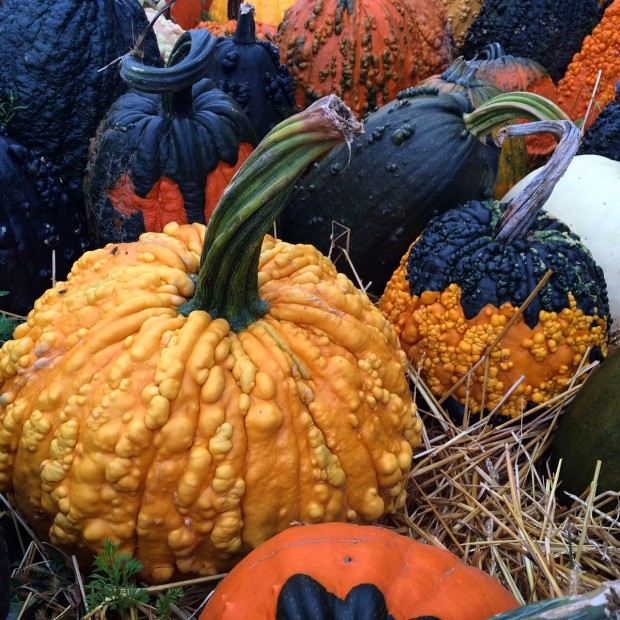 Rob has been fortunate to meet some gardeners in the course of his pumpkin collecting whose big love is hybridizing these big fruits. You are looking at pictures of pumpkins that are the result of a lifetime of careful breeding. The gentleman in question is in his late sixties, and has been hybridizing pumpkins for decades. He grows his pumpkins in a tunnel house, so he can eliminate accidental crosses. Pumpkins and squash take up an enormous amount of space as they grow. The breeding process is slow, as not so many crosses can be made in a given year. His crosses are thoughtful, and methodical.
Rob has been fortunate to meet some gardeners in the course of his pumpkin collecting whose big love is hybridizing these big fruits. You are looking at pictures of pumpkins that are the result of a lifetime of careful breeding. The gentleman in question is in his late sixties, and has been hybridizing pumpkins for decades. He grows his pumpkins in a tunnel house, so he can eliminate accidental crosses. Pumpkins and squash take up an enormous amount of space as they grow. The breeding process is slow, as not so many crosses can be made in a given year. His crosses are thoughtful, and methodical.
 His current crop of fancy pumpkins sit in a shed. They are not displayed on his farm stand, as they are not for sale. They are part of his breeding stock. He will harvest the seed, and breed again. The near black pumpkin in my first picture with a brilliant orange waist-I have never seen anything like it. The black pumpkin in my second picture-astonishing. I know squash with dark green rinds-I am a fan of acorn squash, and eat them regularly over the winter. But this black pumpkin is like nothing I have ever seen.
His current crop of fancy pumpkins sit in a shed. They are not displayed on his farm stand, as they are not for sale. They are part of his breeding stock. He will harvest the seed, and breed again. The near black pumpkin in my first picture with a brilliant orange waist-I have never seen anything like it. The black pumpkin in my second picture-astonishing. I know squash with dark green rinds-I am a fan of acorn squash, and eat them regularly over the winter. But this black pumpkin is like nothing I have ever seen.
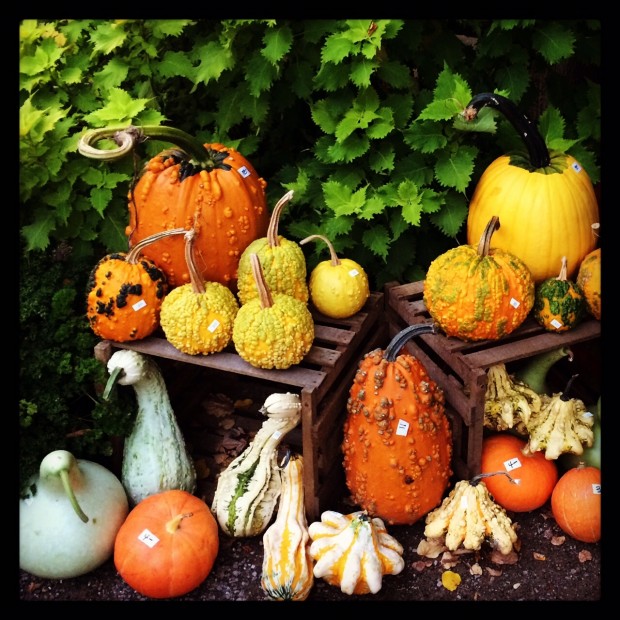 Anyone who grows plants has at one time or another placed a plant in their garden whose form, color and texture is a result of years of breeding. Endless crosses that amount to nothing. A few crosses that have promise. And perhaps a few plants in a lifetime that are worthy of introduction.
Anyone who grows plants has at one time or another placed a plant in their garden whose form, color and texture is a result of years of breeding. Endless crosses that amount to nothing. A few crosses that have promise. And perhaps a few plants in a lifetime that are worthy of introduction.
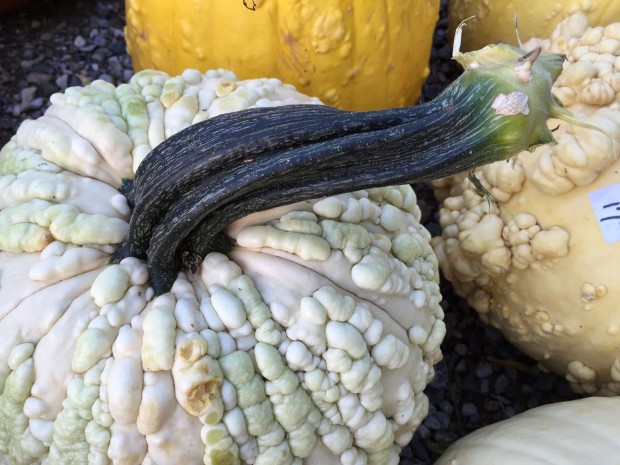 I am an old school gardener-I admit to that. I favor plants that look good all season, in leaf and in bloom. I like plants that are vigorous, and hardy. I love plants that ask little, and perform willingly. I love those plants that verge on the weedy side. I see some perennial and shrubby plants that have been introduced that seem unlikely to survive the test of time. Should I have a landscape client who is interested in the garden, I make sure that what I select for their garden has a history of great performance. Nothing discourages a gardener more than failure. Some plant breeding quits too soon-before there is a cultivar worthy of introduction.
I am an old school gardener-I admit to that. I favor plants that look good all season, in leaf and in bloom. I like plants that are vigorous, and hardy. I love plants that ask little, and perform willingly. I love those plants that verge on the weedy side. I see some perennial and shrubby plants that have been introduced that seem unlikely to survive the test of time. Should I have a landscape client who is interested in the garden, I make sure that what I select for their garden has a history of great performance. Nothing discourages a gardener more than failure. Some plant breeding quits too soon-before there is a cultivar worthy of introduction.
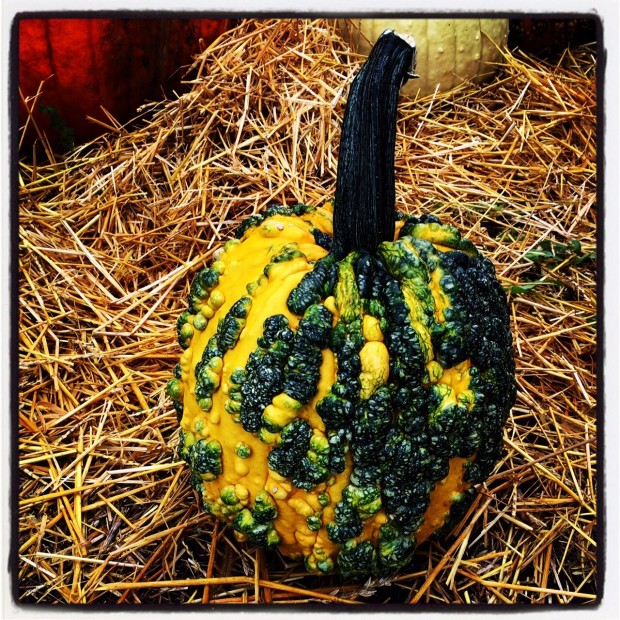 Keeping plants alive, and keeping plants thriving, is a big job. I can be challenged by it, despite my many years as a gardener. One of the most important aspects of landscape design to me is to do what I can to insure success for my clients. Success in a garden encourages interest. I mean to encourage others to garden. Great plant hybridizers do a lot of this work for me. They spend years and thought developing plants that gardeners can grow.
Keeping plants alive, and keeping plants thriving, is a big job. I can be challenged by it, despite my many years as a gardener. One of the most important aspects of landscape design to me is to do what I can to insure success for my clients. Success in a garden encourages interest. I mean to encourage others to garden. Great plant hybridizers do a lot of this work for me. They spend years and thought developing plants that gardeners can grow.
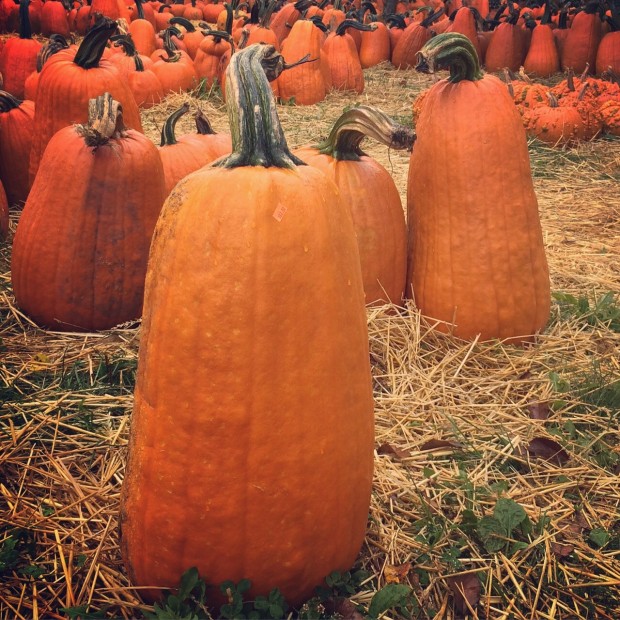 The man who hybridized that black pumpkin does not make a living from his fancy pumpkins. He grows acres of orange pumpkins that get shipped nation wide. His tall thin pumpkins that sit up on their own are especially good looking. We sold out of our group within two days.
The man who hybridized that black pumpkin does not make a living from his fancy pumpkins. He grows acres of orange pumpkins that get shipped nation wide. His tall thin pumpkins that sit up on their own are especially good looking. We sold out of our group within two days.
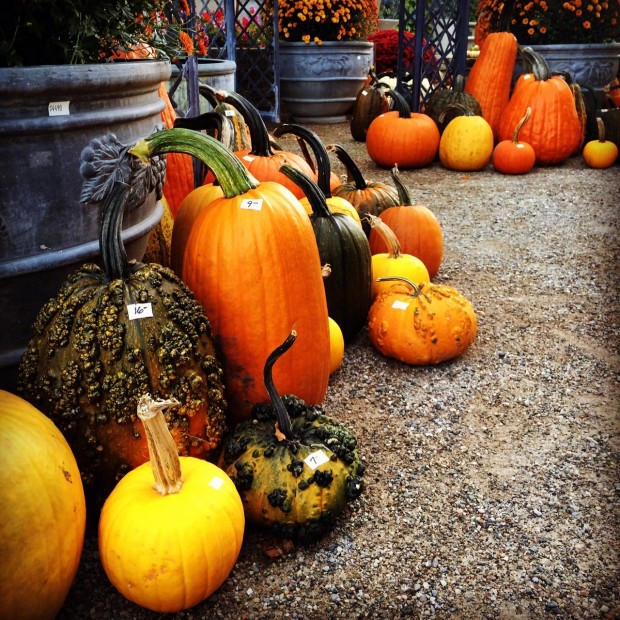 All of his pumpkins, squash, and gourds have great color. Many of them sport what we call witches warts. Rob loves the bumps.
All of his pumpkins, squash, and gourds have great color. Many of them sport what we call witches warts. Rob loves the bumps.
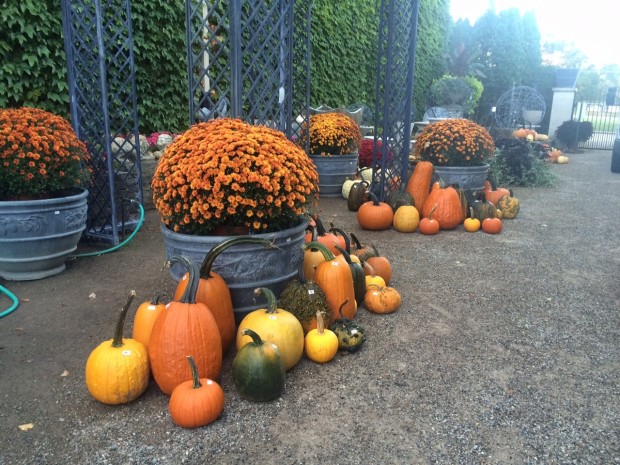 But even his most simple pumpkins feature strong stems. The long stems are part and parcel of a fall fruit that delights the eye, and speaks to the harvest. I never knew how beautiful a pumpkin stem could be, until I saw his pumpkins. Rob is a looker. When he sees something that makes him look twice, he does what he can to foster a relationship. The pumpkins we have at Detroit Garden Works right now are all about the thoughtful work of a hybridizer with many years in the game. We so value his contribution to every garden. And every front porch in the fall season.
But even his most simple pumpkins feature strong stems. The long stems are part and parcel of a fall fruit that delights the eye, and speaks to the harvest. I never knew how beautiful a pumpkin stem could be, until I saw his pumpkins. Rob is a looker. When he sees something that makes him look twice, he does what he can to foster a relationship. The pumpkins we have at Detroit Garden Works right now are all about the thoughtful work of a hybridizer with many years in the game. We so value his contribution to every garden. And every front porch in the fall season.
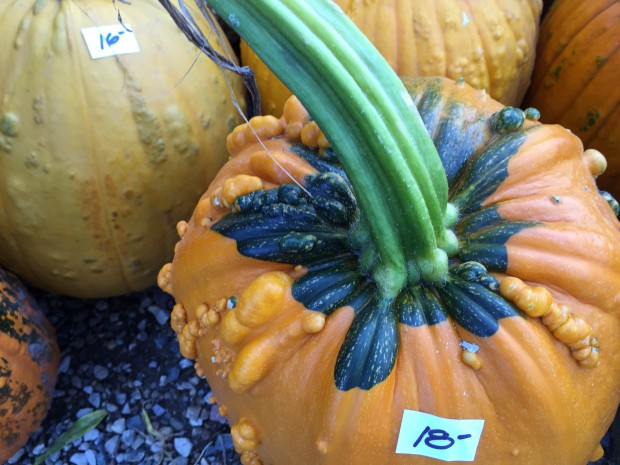 If you are like me, you have wrongly picked up a pumpkin by its stem, and had that stem detach. Dang. I will confess that I have hot melt glued broken stems on to a pumpkin. No pumpkin stem can stay intact, given the weight of most pumpkins. But for our current pumpkin collection. We have a breeder who means to meld the stem with the body of the fruit.
If you are like me, you have wrongly picked up a pumpkin by its stem, and had that stem detach. Dang. I will confess that I have hot melt glued broken stems on to a pumpkin. No pumpkin stem can stay intact, given the weight of most pumpkins. But for our current pumpkin collection. We have a breeder who means to meld the stem with the body of the fruit.
 Imagine a hybridizer whose goal is to develop stems that come down onto the fruit. Gripping stems. A stem which is integral with the fruit. What hybridizers imagine and breed for-so simple, but so important. A garden does imply a generous grip. Some of that comes from plant breeders. Some of that comes from us. The mix is a really good one.
Imagine a hybridizer whose goal is to develop stems that come down onto the fruit. Gripping stems. A stem which is integral with the fruit. What hybridizers imagine and breed for-so simple, but so important. A garden does imply a generous grip. Some of that comes from plant breeders. Some of that comes from us. The mix is a really good one.
